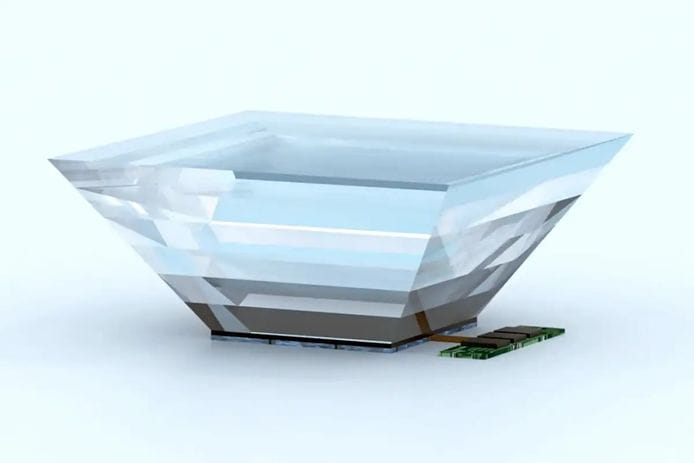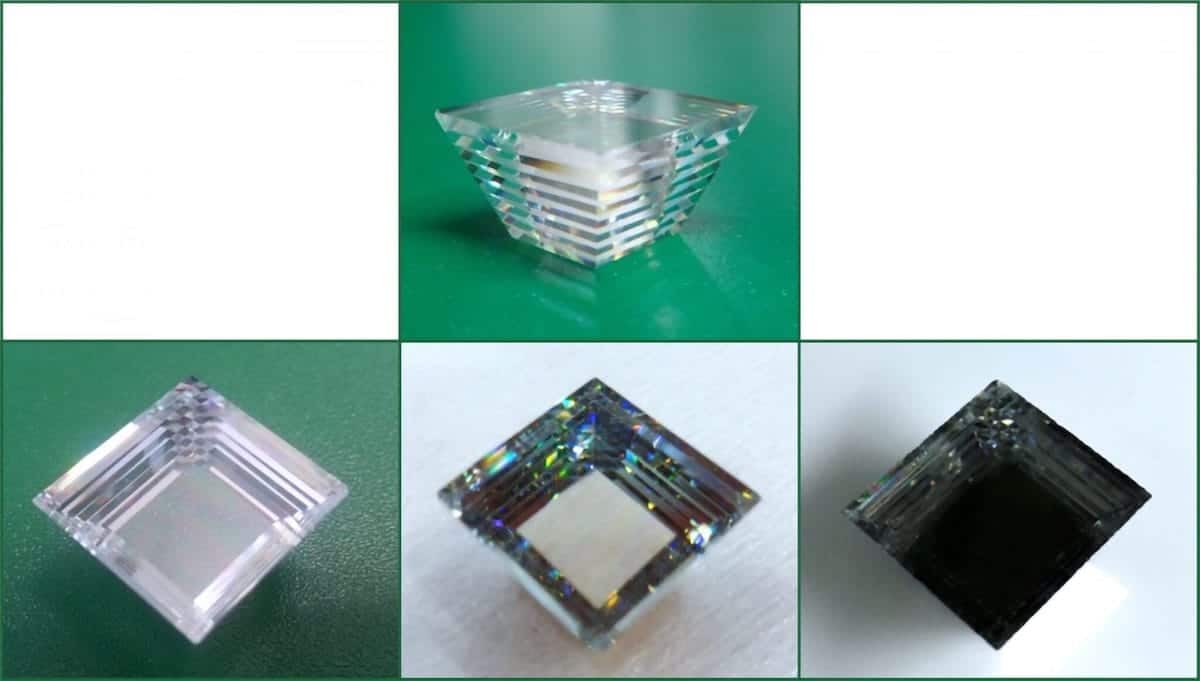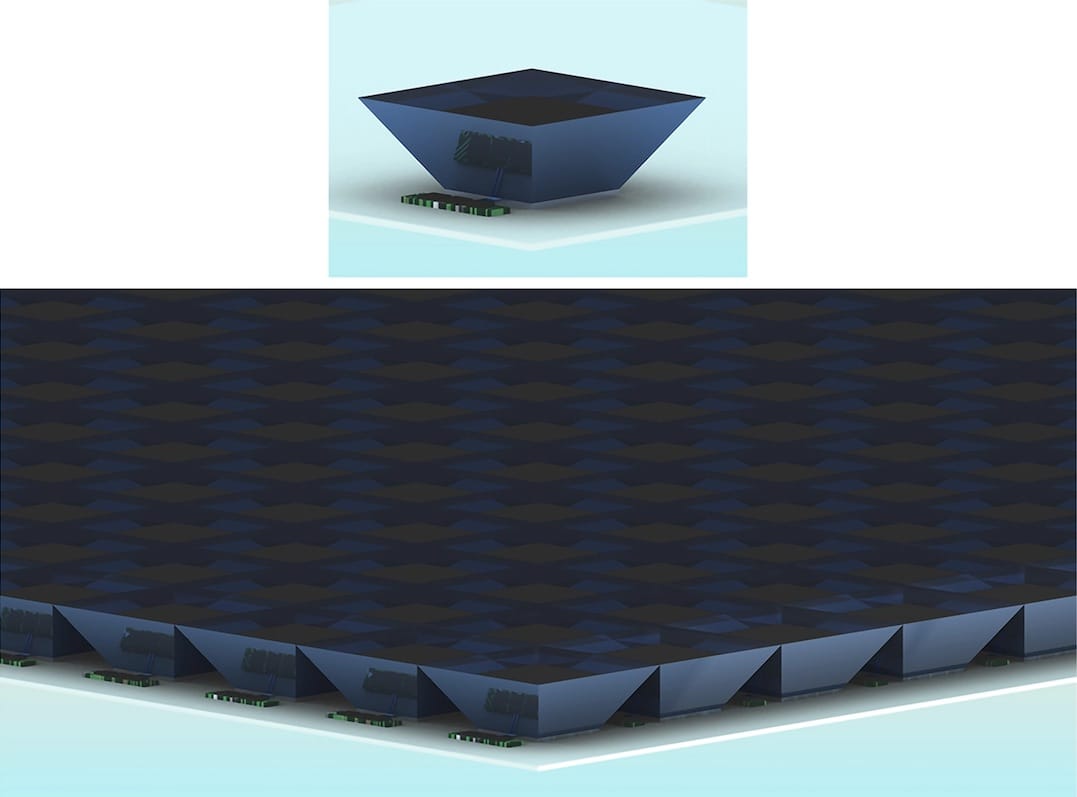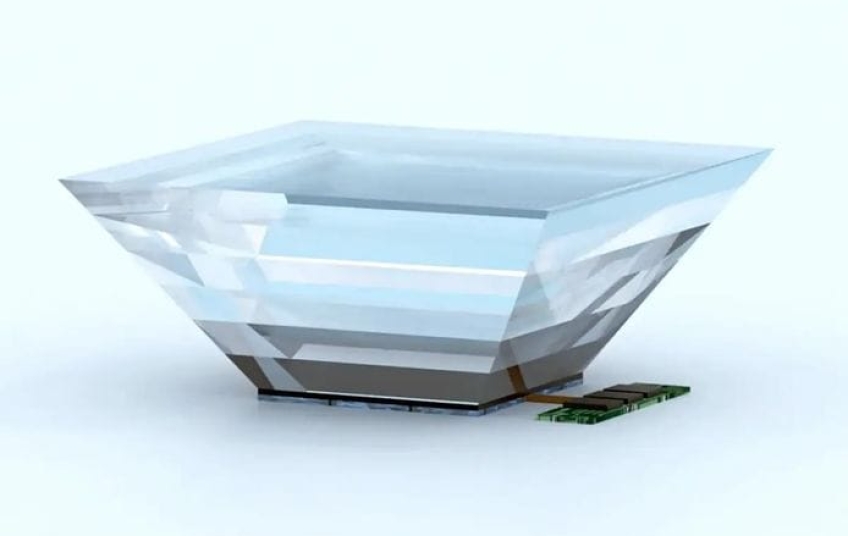Stanford engineers' optical concentrator could help solar systems capture more light even on a cloudy day without needing to follow the sun.
The researchers envisioned, designed and tested an ingenious lensing device that can efficiently collect light from all angles and concentrate it to a fixed output position.
Photovoltaic panels work best when sunlight shines directly on them. To capture as much energy as possible, many solar panels actively rotate toward the sun as it moves across the sky. This makes them more efficient, but also more expensive and complicated to build and maintain than a fixed system.
These active systems may not be needed in the future.
At Stanford University, engineering researcher Nina Vaidya designed an ingenious device that can effectively collect and focus light that strikes it, regardless of the angle and frequency of that light.
It is a completely passive system: it does not require power to trace the source and has no moving parts. With no optical focus to move positions or the need for tracking systems, concentrating light is much easier.
AGILE (Axially Graded Index Lens).

The device, named AGILE (Axially Graded Index Lens), is apparently simple.
It looks like an inverted pyramid with the top cut off. Light enters the square, tiled top from any angle and is funneled down to create a brighter point at the exit.
In their prototypes, the researchers managed to capture more than 90% of the light hitting the surface and create output points three times brighter than the incoming light.

Installed in a layer above solar cells, they could make solar arrays more efficient and capture not only direct sunlight, but also diffuse light that has been scattered by Earth's atmosphere, weather and seasons.
A top layer of AGILE could replace the current encapsulation that protects solar arrays, eliminate the need to track the sun, create space for cooling and circuitry between the narrow pyramids of individual devices, and most importantly reduce the amount of solar cell surface needed to produce energy and thus reduce costs.
And the uses are not limited to ground-based solar installations: applied to solar arrays being sent into space, an AGILE layer could concentrate light without solar tracking and provide the necessary radiation shielding.

The best solutions are often the simplest ideas.
The basic premise of AGILE is similar to using a magnifying glass to burn spots off leaves on a sunny day. The magnifying lens focuses the sun's rays into a smaller, brighter point.
But with a magnifying glass, the focal point moves like the sun does. Vaidya and Solgaard found a way to create a lens that takes in rays from all angles but always concentrates the light in the same starting position.
Vaidya and Solgaard determined that, in theory, it would be possible to collect and concentrate scattered light using an engineered material that smoothly increases its index of refraction, a property that describes how fast light travels through a material, making it the light bends and curves towards a focal point. On the surface of the material, the light hardly bends. When it got to the other side, it would be nearly vertical and in focus.
An ideal AGILE has, at its front, the same refractive index as air and gradually increases: the light bends in a perfectly smooth curve. But in a practical situation, you're not going to have that ideal AGILE.
For the prototypes, the researchers have layered different glasses and polymers that bend light to varying degrees, creating what's known as a graded-index material. The layers change the direction of the light in steps rather than a smooth curve, which the researchers say is a good approximation to the ideal AGILE. The sides of the prototypes are mirrored, so any light going in the wrong direction is bounced back out.
One of the biggest challenges was finding and creating the right materials. The AGILE prototype's material layers let a broad spectrum of light through, from near-ultraviolet to infrared, and deflect that light increasingly toward the exit with a wide range of refractive indices, something not seen in nature. nor in today's optical industry.
The materials used also had to be compatible with each other – if one crystal expanded in response to heat at a different rate than another, the entire device could crack – and robust enough that they could be machined into shape and still be durable.
After exploring many materials, creating new manufacturing techniques, and testing multiple prototypes, the researchers arrived at AGILE designs that worked well using commercially available polymers and glasses. The AGILE has also been fabricated by 3D printing in the authors' previous work, which created lightweight, flexible engineered polymer lenses with nanometer-scale surface roughness. Vaidya hopes that AGILE's designs can be used in the solar industry and beyond. AGILE has several potential applications in areas such as laser coupling, display technologies, and lighting, such as solid-state lighting, which is more energy efficient than older lighting methods.





